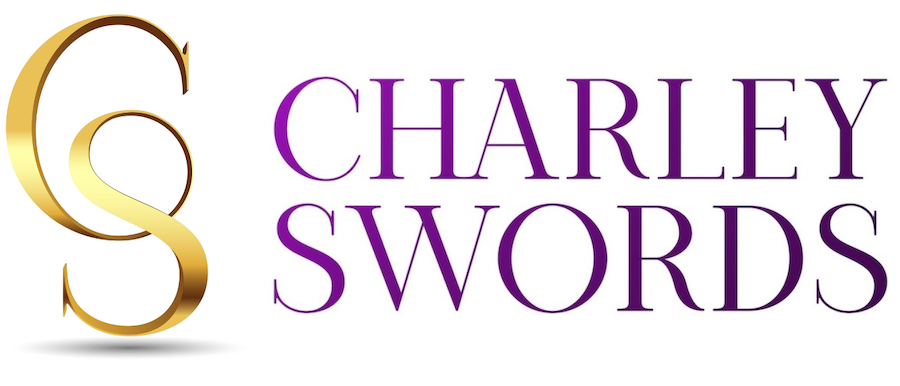Understanding and effectively managing cross-cultural communication is hugely important for organisations that have a diverse workforce.
Do you have situations where language and cultural differences cause misunderstanding and poor communications within your team and between your employees and your clients?
Do you have difficulty either understanding a colleague or communicating clearly to a colleague, customer or client?
Managing and being part of a diverse workforce can cause many problems both for the individuals themselves, for your clients and for your organisation as a whole. Cultural differences mean that people see and experience things differently and this can easily create misunderstanding.
Your role as a manager is to try to overcome these differences and establish rapport. For example, many people have names that appear difficult to pronounce. In many cultures names have great significance and learning to say someone’s name may help to build a good relationship. Everyone is different, and their cultural roots are too, and it is extremely important to understand and communicate in a way that the other person understands and does not feel offended with different standards for:
- Loudness;
- Speed of delivery;
- Spatial distance;
- Silence;
- Eye contact;
- Gestures;
- Attentiveness;
- Response rate.
To offset and deal with challenging cross-cultural communications, your communications policy must be centered around understanding how people from different cultures perceive their new working environment. More importantly it needs to guide them on the official language of the organisation, how they communicate among themselves and within a mixed team and how they must communicate with customers and clients while embracing your corporate culture. Developing effective cross-cultural communication skills in all your team members will result in:
- greater understanding among your team;
- respectful and integrated teamwork;
- motivation and improved employee engagement at all levels;
- positive outcomes and results for your employees, clients and your business.
For effective cross-cultural communication, you need to stick with the basics:
- Always use simple and common words;
- Ensure that you follow basic grammar;
- Do not use slang expressions;
- Do not lose your temper, raise your voice if you have to repeat something many number of times;
- Question politely and ask to paraphrase important points.
To ensure cultural competency while communicating, use phrases like:
- “Is it okay with you if…“
- “Are you comfortable when…“
- “Can you explain to me how…“
- “Was it clear when I said…”
A culturally fluent approach to good communication skills takes:
- Time;
- Patience;
- Active listening;
- Awareness.
Take time to observe your team, review your customer (internal and external) complaints which may have occurred as a result of miscommunication and also consider if you find it difficult to be understood by, or to understand, your work colleagues or customers. If you are part of a multi-cultural team where communications are a challenge and you face issues from having and managing a diverse workforce then consider the guidance provided above, and make a conscious effort to understand the challenges and to then address them.
You will be surprised, and delighted, with the results!
As Gerald Campbell says…
“True communication goes beyond talking and listening; it is about understanding.”

Did you find this article helpful?
Let me know what you think about this post in the comments box below.

